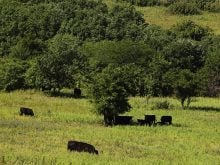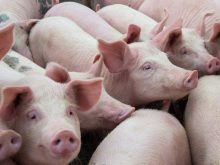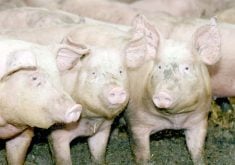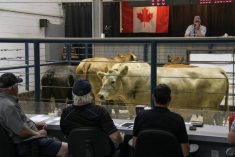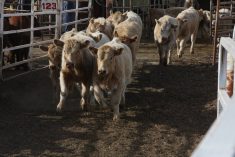Entries, exhibitors and prices were all up this year at Canadian Western Agribition sheep events.
Dallas Turner, vice-president of the Saskatchewan Sheep Breeders Association, said the industry is strong and breeders know they have to showcase genetics for commercial customers.
“Agribition is about bringing the best to the best,” he said. “We had some new exhibitors and some who came back after three, four, five years. They recognize they have to be here.”
Sheep entries were up 25 percent and the number of exhibitors was up 30 percent.
Read Also
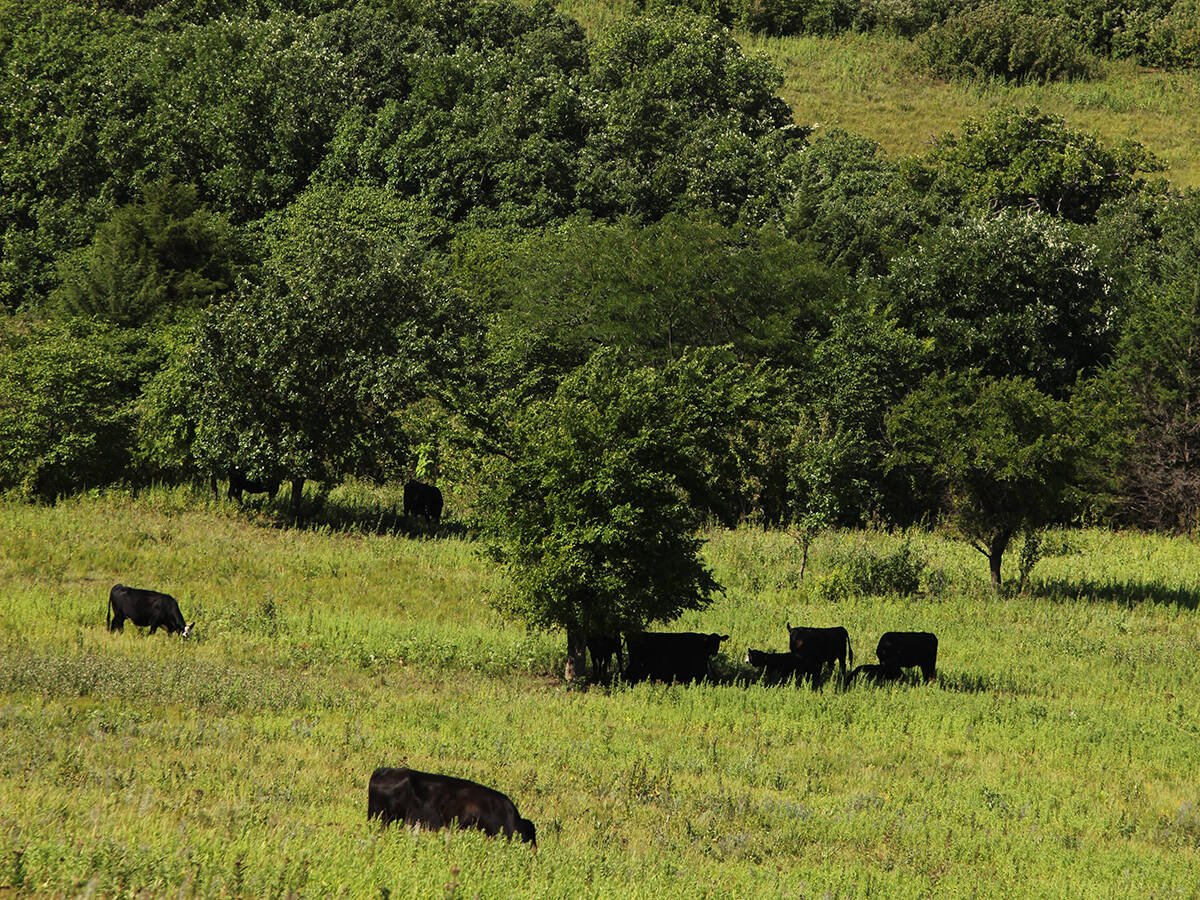
Beef cattle more prone to trace mineral deficiencies
The trace mineral status of our cows and calves is a significant challenge for western Canadian producers and veterinarians.
In the sale, 98 lots sold for $36,065, an average of $370. That compares to 69 lots in 2006, which sold for an average $303.59.
The high seller was a half-interest in a Suffolk ram lamb consigned by Kim and Diane McDougall of Regina. It sold for $1,000 to Brian Atkinson from New Lowell, Ont.
Turner said he can’t remember a half-interest selling at Agribition before.
“The sale was exceptionally good,” he said, and that reflects the overall state of the industry.
One concern is that females are not selling as well as males.
“The female side of our business is not as strong as we’d like, for whatever reason,” he said. “We’re out anywhere from $50 to $100 on good quality females.”
Turner added the sheep industry is still facing a closed border, even though a beef cow caused the problem. The sheep sector has implemented traceability and done everything it can to ensure quality safe lamb, but still the border is closed.
“I challenge these beef guys to help us,” he said. “We didn’t cause the problem.”
Canada produces only half of what the population wants to eat but Turner said the border should still be open if true, free and fair trade is to exist.
In sheep show results, Turner won the grand championship ribbons for North Country Cheviot ewe and ram.
The McDougalls topped the Suffolk show, and Atkinson took home grand championships for both ram and ewe in the Dorset and any other breed classes. Atkinson also showed the best Texel ewe, while Ronald and Audrey Large of Balcarres, Sask., exhibited the top Texel ram.
Ram H Breeders of Cochrane, Alta., exhibited the grand champion Dorper ewe and ram.
In the Hampshire class, Jordan Bell of Stayner, Ont., showed the grand champion ewe and Clinton Wiens of Drake, Sask., showed the best ram. Wiens also exhibited the best pen of purebred ewes.
The grand champion commercial ewe was shown by Brimar Farms of Lipton, Sask., and the Larges had the top pen of commercial ewes.
Ward Mortenson of Govan, Sask., won grand champion market lamb.
The Katahdin sheep sale also bettered 2006 results.
Fourteen lots sold for an average $685, well above the $233.50 average from last year’s 20 lots. The high seller, the grand champion ram shown and consigned by Mish Katahdins of Glenavon, Sask., pushed that average. Mish also showed the top ewe.
The ram sold for $3,700 to Randy Thomas of Quinton, Sask.
Duane Rose, of the Saskatchewan Katahdin Sheep Association said other rams sold for $1,125 and $775. Prices are strong in the meat sheep industry and there is a shortage, he said.
“Every Katahdin producer sold their lambs for $1.20 to $1.35 a live weight pound,” Rose said.
The demand is especially great for organic and naturally raised lamb.
Rose added that few ewes are for sale because many producers are expanding their flocks.



